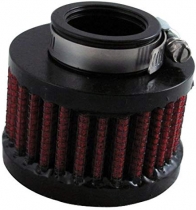-
Welcome to Tacoma World!
You are currently viewing as a guest! To get full-access, you need to register for a FREE account.
As a registered member, you’ll be able to:- Participate in all Tacoma discussion topics
- Communicate privately with other Tacoma owners from around the world
- Post your own photos in our Members Gallery
- Access all special features of the site
Persistant Undiagnosable Miss
Discussion in '4 Cylinder' started by josh., Sep 30, 2012.
Page 1 of 2
Page 1 of 2


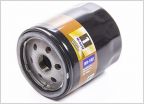 Quick 4cyl oil change help
Quick 4cyl oil change help 2.7L oil capacity
2.7L oil capacity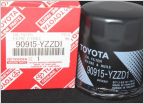 Fake oil filters
Fake oil filters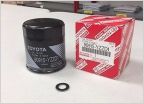 90915-YZZD1 Vs 90915-YZZD3?
90915-YZZD1 Vs 90915-YZZD3?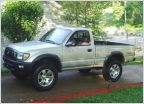 24 MPG Highway, can i do better?
24 MPG Highway, can i do better?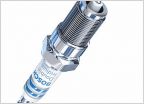 Changing spark plugs on my 2008 for the first time, help.
Changing spark plugs on my 2008 for the first time, help.














